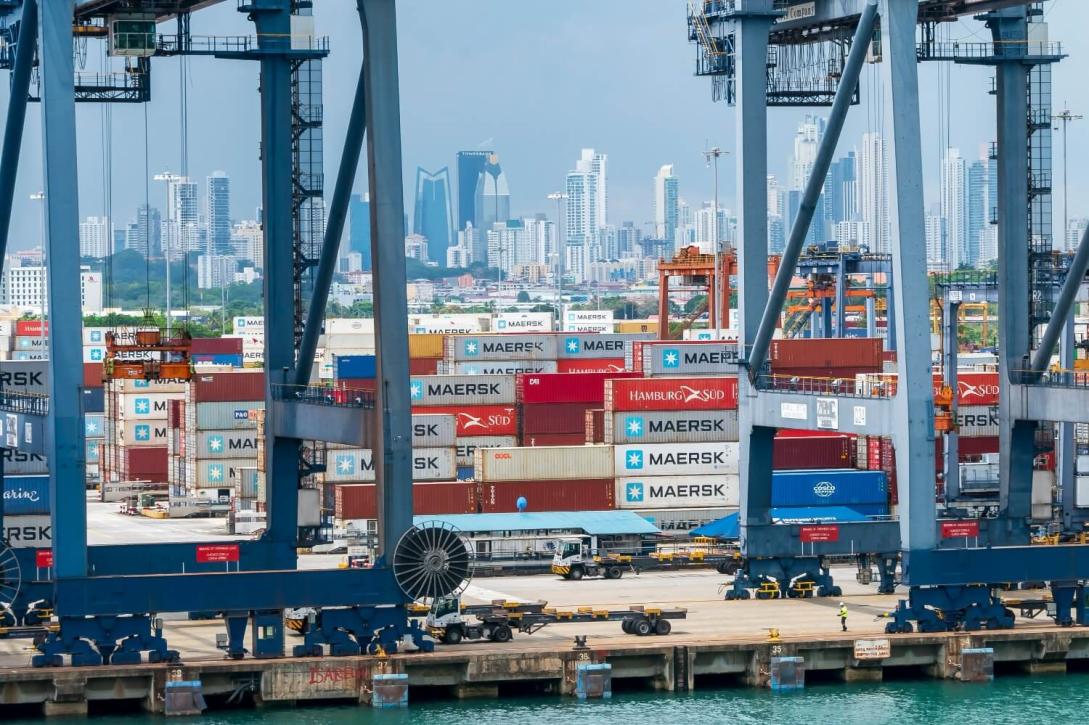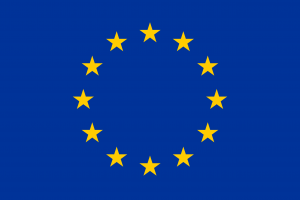EU LAC trade: A dense network of agreements and growing exchanges

The EU has Association, Trade or Political & Cooperation Agreements with 27 of the 33 LAC countries. Follow the link to find a list of trade negotiations and agreements.
The signature in December 2023 with Chile of an Advanced Framework Agreement and Interim Trade Agreement strengthens the cooperation and fosters trade and investment with an important partner in the region. The entry into force in 2024 of the Association Agreement with Central America has also been an important step forward in EU economic and political relations with Honduras, Nicaragua, Panama, Costa Rica, El Salvador, and Guatemala.
- EU as trading partner for LAC region: The EU is the LAC’s third largest trade partner, after only the US and China.
- LAC region as EU trading partner: LAC countries are the EU's fifth largest trading partnerafter China, the United States, the United Kingdom and Switzerland.
- EU-CELAC total trade in goods (2023): €285.5 billion.
- EU-CELAC total trade in services (2022): €5 billion.
- Total trade between the EU and CELAC in goods (2023) and services (2022): €395 billion (+45% since 2013).
Looking at trade in goods, Mercosur is the tenth partner for the EU, Mexico is the thirteenth (2022). The latter and Brazil are the two main EU bilateral trade partners in the region.
EU the leading investor in the LAC region
The EU is the leading investor in the LAC region, with Foreign Direct Investment (FDI) stocks at about €741 billion in 2022. European investments are concentrated in strategic sectors such as renewable energy and telecommunications.
Total EU investment in the LAC region matches the combined EU Foreign Direct Investments in China, India, Japan and Russia.
LAC as a global leader in food production
LAC is a major global food producer. LAC is also strategically positioned to address global food scarcity and offer reliable food supply chains. The agri-food sector accounts for 25% of regional exports and 5% of regional Gross Domestic Product.
EU LAC cooperation on Critical Raw Materials
The digital and green transition are generational challenges that LAC and the EU have to face together.
The EU offers to the region a sustainable package of investments, joining forces with EU Member States, European companies, International Financial Institutions, EU national agencies and development banks, under the Global Gateway umbrella. Follow the link to learn more about the EU Global Gateway.
As LAC has the world's largest deposits of both copper and lithium, and reserves of cobalt and nickel, it is strategic to work closely, facilitate technology transfer and support the region to be able to introduce added value in their production and transformation of such critical raw material (CRM) for the benefit of local communities and economies.
Engagement with local communities on sustainability is also at the centre of the EU offer in CRM partnerships. In the region, the EU has formal partnerships on raw materials with Argentina and Chile. Follow the link to learn more about Raw Materials Diplomacy.





